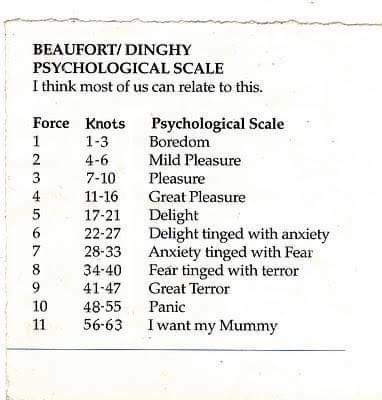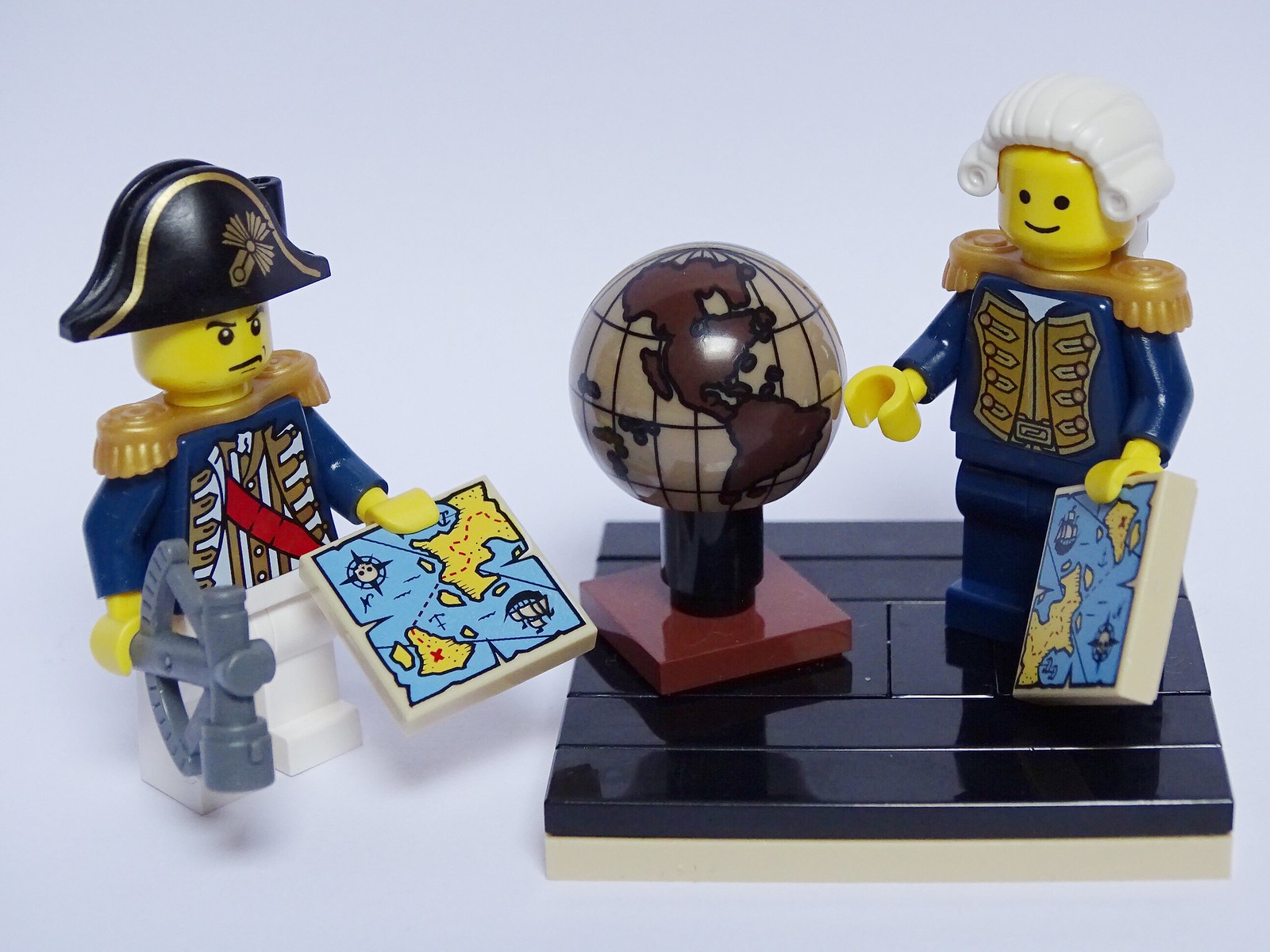Measuring the Winds of the World
The History of the Beaufort Scale
The Beaufort Scale is perhaps one of the best-known ways to measure wind force, offering a standard method to classify wind speeds based on their effects both on land and at sea. It’s a valuable tool used by meteorologists, sailors, and engineers, significantly influencing modern understanding of wind strength and its impact on maritime and atmospheric sciences.
The scale was originally created in the early 19th century, aiming to provide a universal reference for naval observations. Over the years, it has developed, aligning with new scientific standards while keeping its foundational approach. This article delves into the intriguing history of the Beaufort Scale, following its beginnings, evolution, and ongoing significance today.
The Beginnings of the Beaufort Scale
Sir Francis Beaufort: The Mind Behind the Scale
The Beaufort Scale is named after Admiral Sir Francis Beaufort (1774–1857), an Irish hydrographer and officer in the Royal Navy. Beaufort was a highly skilled naval commander, cartographer, and scientist. His contributions to hydrography and naval navigation were significant, and his development of a standardised wind force scale remains one of his most enduring legacies.
Born in County Meath, Ireland, Beaufort joined the Royal Navy as a young man and soon stood out as an expert in maritime navigation and oceanography. During his career, he spotted a critical issue: there was no universal system for describing wind strength. Sailors and meteorologists used vague and inconsistent terminology, leading to confusion and difficulty in accurately reporting weather conditions.
The Need for a Standardised Wind Scale
Before the Beaufort Scale, descriptions of wind force were subjective. Sailors often used terms like “a strong breeze” or “a stiff gale,” but these descriptions varied greatly. The lack of a uniform system made it difficult to compare reports from different ships and regions.
The Royal Navy required a method that would enable officers to communicate wind conditions clearly and consistently. Beaufort’s idea was to create a scale based on observable effects of wind on a ship’s sails, rather than relying on abstract measurements.
The First Version (1805)
Beaufort first proposed his wind scale in 1805, while serving as a Royal Navy officer. His initial scale consisted of 13 levels (0 to 12), each corresponding to specific effects on a fully rigged warship under sail.
Beaufort did not immediately publish the scale; instead, it was gradually adopted through naval practice. His scale was practical because it was based on what sailors could observe rather than needing complex instruments.
Adoption by the Royal Navy (1830s–1840s)
Although Beaufort first developed his scale in 1805, it was not officially adopted by the Royal Navy until the 1830s, when he became the Hydrographer of the Navy. In this role, he influenced naval policy and ensured that ship captains were required to use the scale in their logs.
This standardisation dramatically improved meteorological records and maritime safety. By describing winds consistently, the Royal Navy could compare conditions across different voyages, leading to better forecasting and navigation.
Expansion of the Beaufort Scale
Extending the Scale to Land (Late 19th Century)
As meteorological science advanced, the Beaufort Scale was extended beyond maritime use. Scientists realised that wind had measurable effects not just on ships but also on trees, buildings, and other land-based structures.
By the late 19th century, the Beaufort Scale was modified to include descriptions of wind effects on land, such as:
This adaptation made the scale more useful for meteorologists and the general public. By 1906, the scale had been revised to include wind speed estimates in knots (nautical miles per hour), further improving its accuracy.
Scientific Refinements in the 20th Century
With the rise of modern meteorology and technology, scientists sought to quantify wind speeds more precisely. In 1926, the International Meteorological Organization (now the World Meteorological Organization, WMO) introduced the first numerical wind speed estimates in metres per second.
By 1946, the Beaufort Scale was officially extended to include wind speeds up to Force 17, primarily for hurricane-force winds used in tropical storm tracking. This was crucial for aviation, weather forecasting, and disaster preparedness.
The Beaufort Scale Today
Current Usage and Legacy
Despite the advent of anemometers and digital wind measurement tools, the Beaufort Scale remains in widespread use. It is still referenced by:
Beaufort Scale in Modern Meteorology

Today, the Beaufort Scale is often used alongside modern wind speed measurements. It helps translate raw data into practical terms that people can understand. For example, instead of stating that wind speeds are 35 knots, meteorologists might describe it as a near gale, strong enough to break tree branches.
The Beaufort Scale’s simplicity and intuitive nature have ensured its lasting relevance. It provides a visual and practical method for people to grasp wind conditions without the need for instruments.
Conclusion
The Beaufort Scale is a testament to the ingenuity and foresight of Sir Francis Beaufort, who sought to bring clarity and precision to naval observations. What began as a simple tool for sailors has evolved into a global standard for describing wind intensity.
From its origins in the early 19th century to its continued use in modern meteorology, the Beaufort Scale remains an essential part of how we understand and describe the power of the wind. It serves as a reminder of the enduring legacy of one man’s dedication to improving navigation, safety, and scientific understanding.
Whether at sea or on land, the Beaufort Scale continues to shape our perception of the winds that have influenced human exploration, trade, and weather forecasting for centuries.








